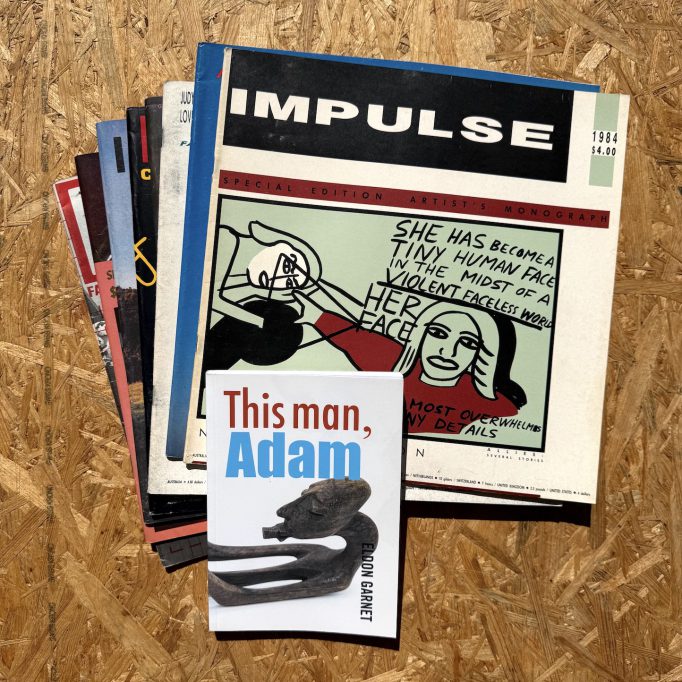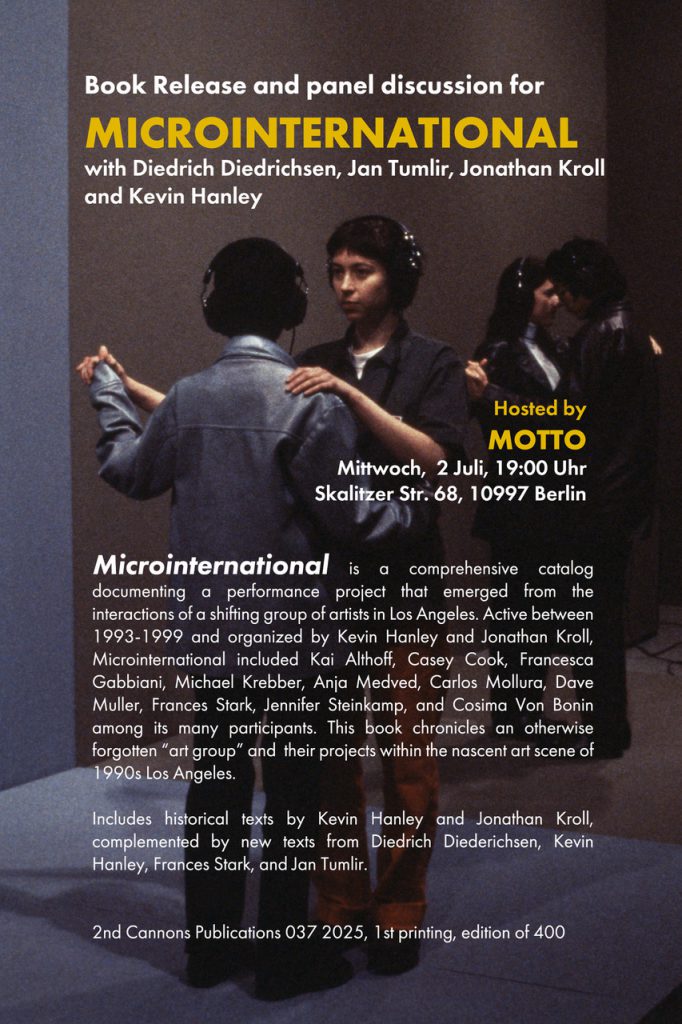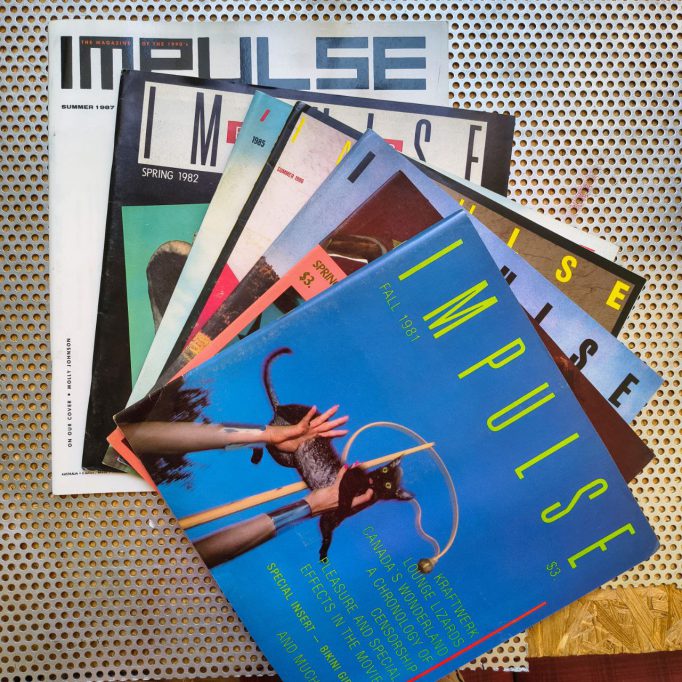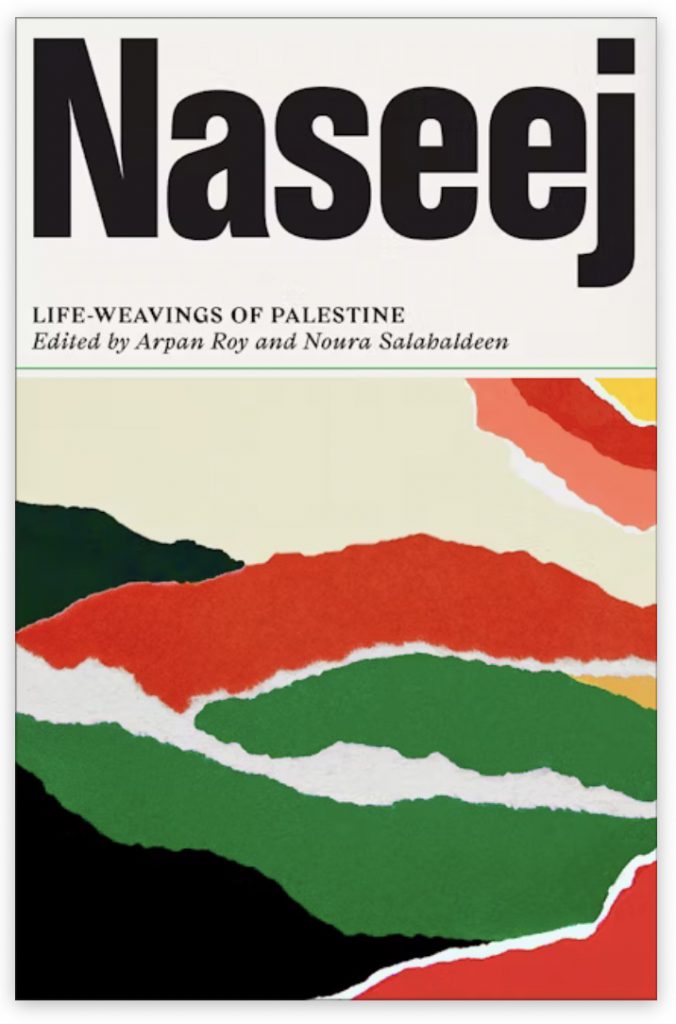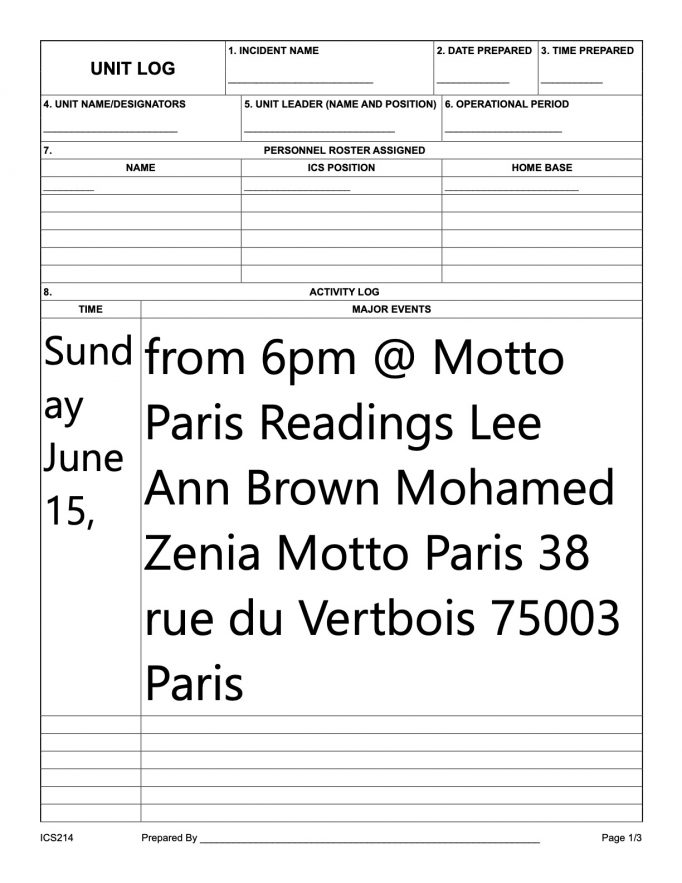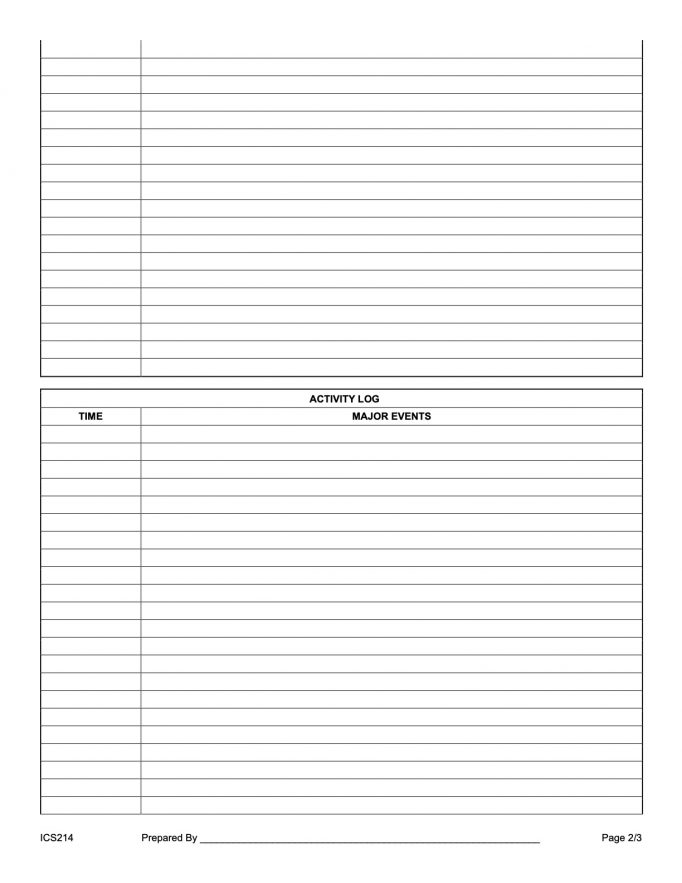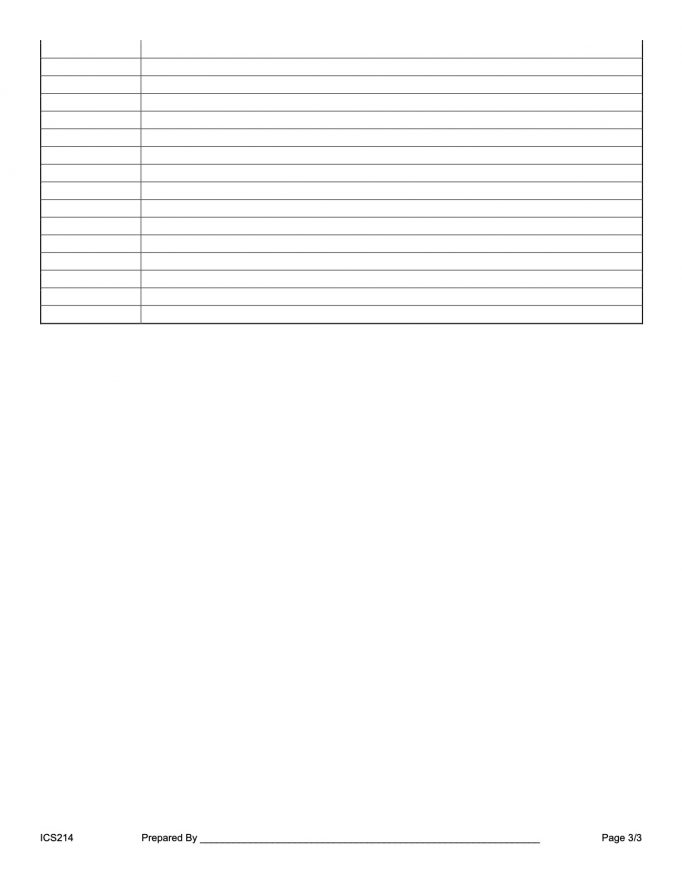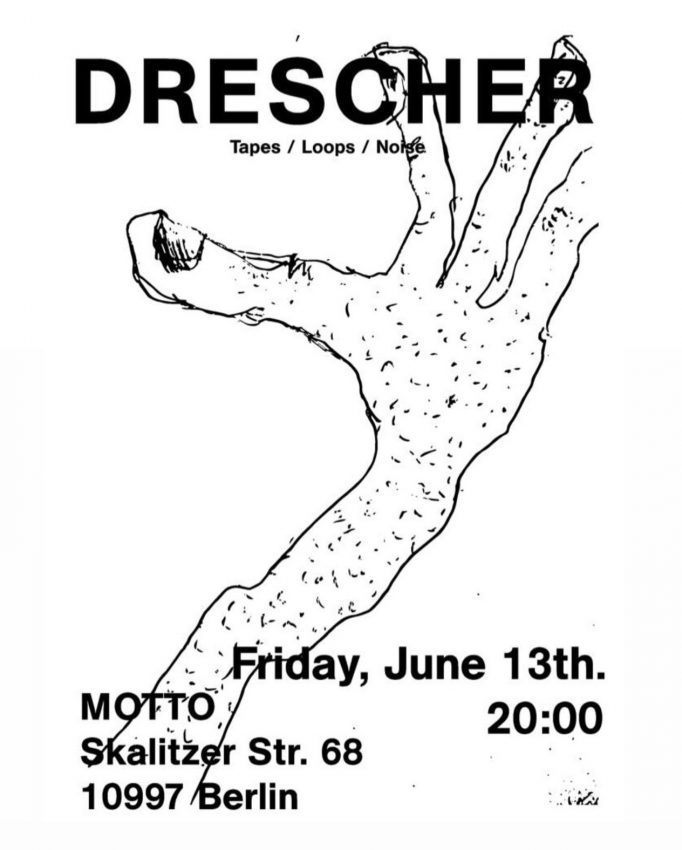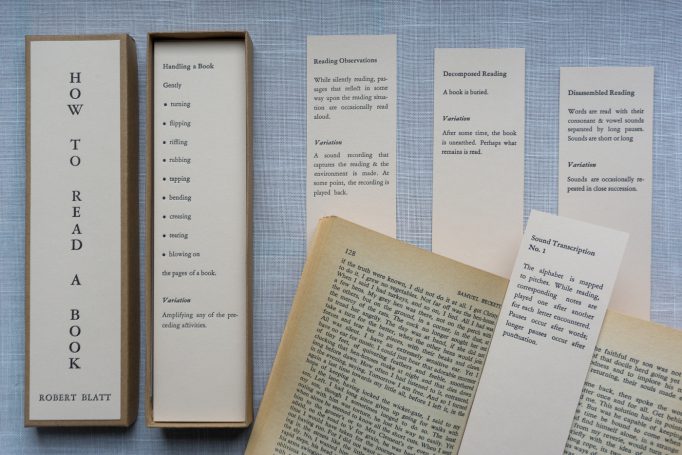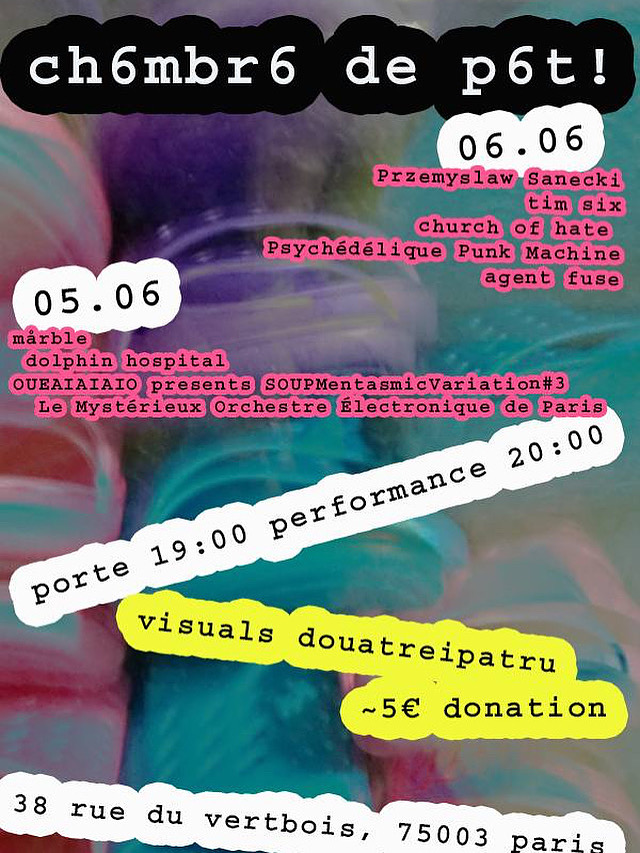Le Journal de Tokyo. Evangeline Lafourcade. Motto Paris. July 9, 2025
Posted in Uncategorized on July 9th, 2025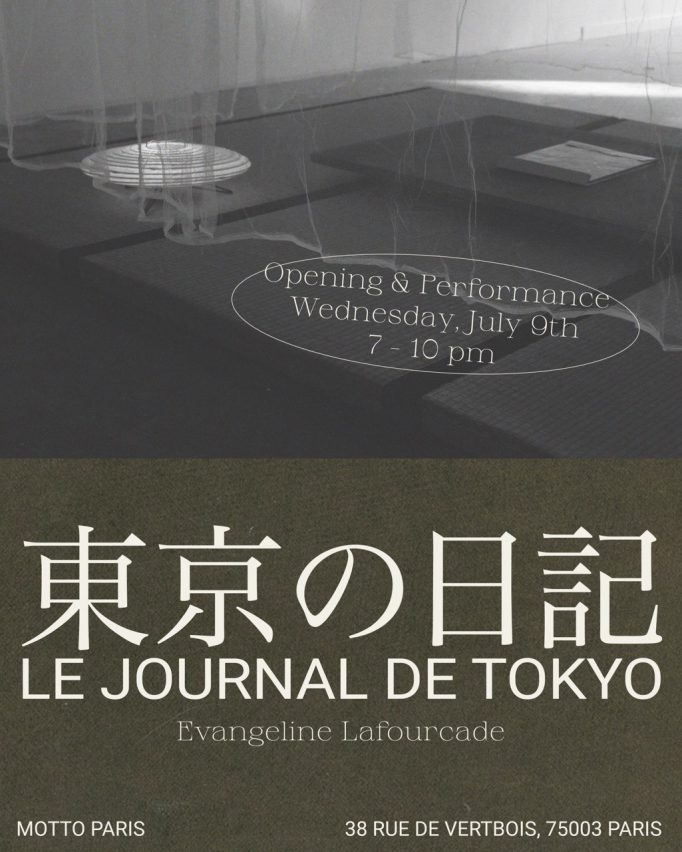
Le Journal de Tokyo,
Evangeline LafourcadeWednesday, July 9 — 7pm to 10pm
Motto Books, 38 rue du Vertbois, 75003 Paris
Installation / Performance / Short Film.
A long immersion in Tokyo gave rise to this project, which began as a diary, a space to record fleeting impressions of the city. From this written practice emerged an object, then an installation, and finally, a performance.
Through the lens of Barthes’ Le Neutre, a short film shot on Super 8 intertwines with the diary and a philosophical lexicon exploring described gestures of Japanese savoir-vivre. What started as a personal exploration evolved into a shared sensibility, intimate, collective. By entering the installation, the artist invites you to share a part of this experience and intimacy.
The installation includes the prototype of a lamp, which marked the beginning of her experimentation with washi paper and its potential at the scale of space and lightweight architecture.
Please join us for the vernissage and live performance on Wednesday evening.
Performance at 8pm and 9pm

